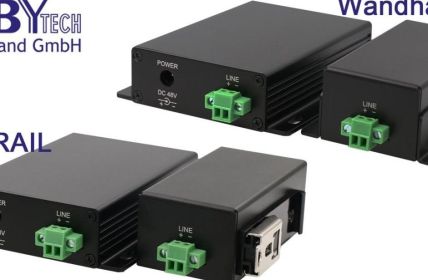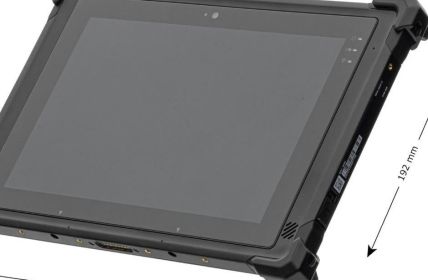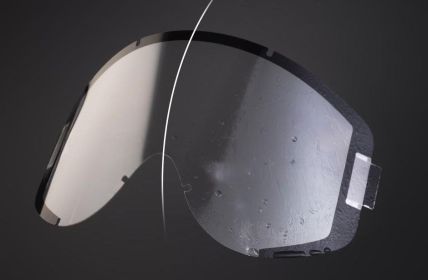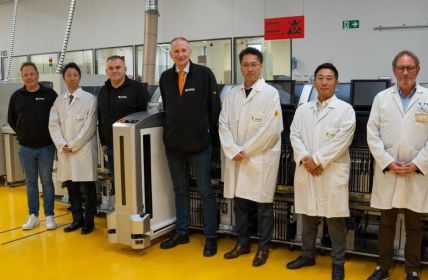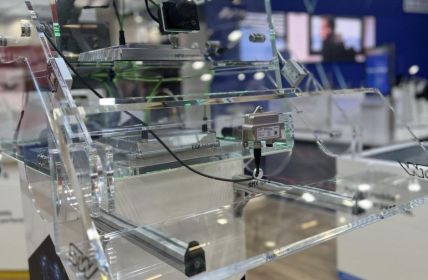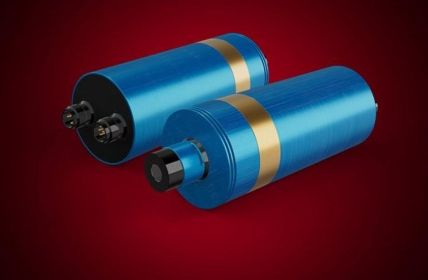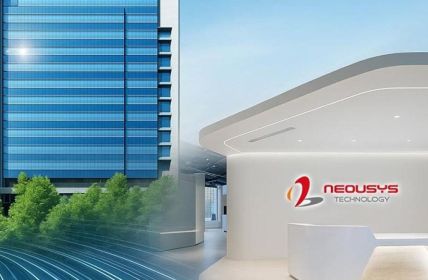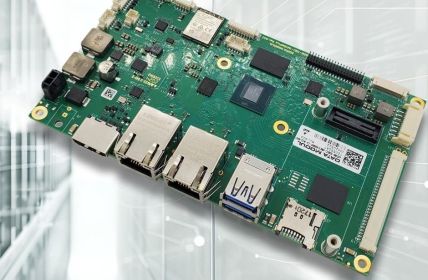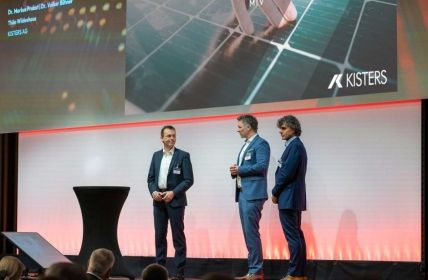Therma, an IT company for temperature control and analysis, has set itself the task of curbing some of the main causes of environmental destruction. In particular, it aims to use IoT technologies to combat food, water and energy waste in restaurants.
Table of Contents: What awaits you in this article
Inconceivable waste of scarce resources
According to studies, 1.6 billion tons of food are discarded by the industry every year. That’s equivalent to about one-third of global distribution. With 800 million people facing hunger every day, such figures are difficult for many people to bear.
Research by the Boston Consulting Group also determined that discarded food can be held responsible for about 8 percent of the climate gases emitted. The situation is similarly catastrophic when it comes to water consumption. The World Bank estimates that agriculture consumes about 70 percent of the world’s freshwater supplies for its crops.
IoT against waste
Even many stakeholders are increasingly realizing that this trend cannot continue unchecked. As the world’s population continues to grow and needs to be fed, more and more people agree that new concepts are needed. Therma is firmly convinced that IoT can make a major contribution to this. Its CEO points to estimates that the Internet of Things (IoT) has the potential to eliminate 50 percent of global food waste by 2030. And that doesn’t require waiting for the big global game-changer.
Rather, everyone can do their part in a much smaller and more local way. As evidence of this thesis, the company is increasingly focusing on the restaurant industry, a major contributor to the current situation.
Sensor technology to maintain the cold chain
One factor driving food waste in restaurants is non-compliance with cold chains. Food that can become a potential health hazard to humans after just two hours of improper storage is usually preferred to be disposed of quickly here. IoT, on the other hand, can provide supportive assistance by relieving personnel from constant, manual inspection.
Sensors installed at strategically favorable locations can provide regular and automated reports on the state of the cooling system. In the event of problems of any kind, warning e-mails are sent to the owner’s terminal equipment. Platforms that manage the values generated in this way can also provide suggestions for improvements to optimized routines through analyses.
Dashboard technology to combat energy waste
Energy waste is another major problem in the restaurant sector. Outdated refrigerators that often use more energy than they deliver. Too many light fixtures that, at their scale, can hardly be adequately maintained by anyone. Or air-conditioning systems that no one can say with any certainty are performing their tasks efficiently. All of these job sites can be managed more efficiently using IoT sensor and dashboard technology. Small modules on or in the technology in question transmit their measured values at regular intervals to a control panel, which provides its owner with a detailed overall view.
IoT to combat water waste
However, one of the biggest waste problems of restaurants is their almost limitless water consumption. Depending on their size, restaurants use between several hundred and a thousand liters of fresh water per day. Not only to prepare food with it, but also to clean the utensils and preparation environments used several times a day. Of course, it is not possible to do without it completely, if only for reasons of hygiene.
But its use can certainly be made more efficient and thus more sustainable. Instead of using water in raw quantities, as if there weren’t resource problems around the world, low-cost retrofits could provide a remedy. Nozzles that deliver water more precisely, sensors that keep an eye on ambient humidity and water consumption or detect leaks in the supply pipes. They can all help to ensure that only as much of the precious water is used as is really necessary.
Guests as drivers of change
Surveys have shown that up to 50 percent of all guests want to give preference in the future to restaurants that pay more attention to sustainability in their operations. This is an order of magnitude that should not have escaped the attention of many business operators in this segment. More and more of them are incorporating appropriate solutions into their day-to-day business. A clear sign of this development is also the increasing use of sustainable marketing campaigns and the growing popularity of zero waste restaurants. IoT can further support and help expand this trend.



